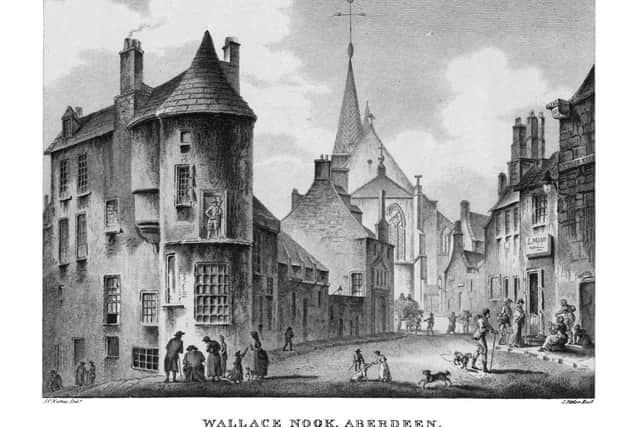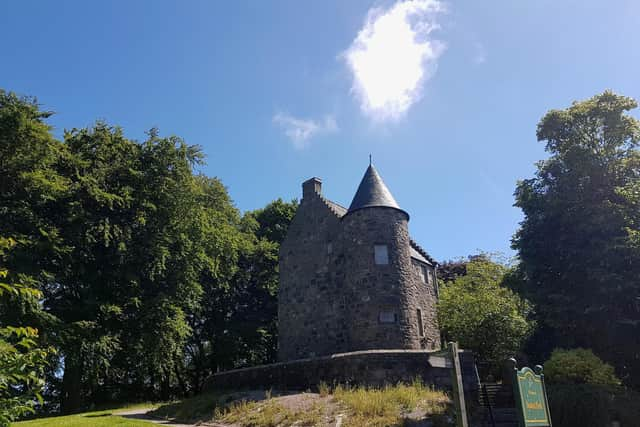The historic Aberdeen tower moved stone-by-stone by Marks and Spencer


It was an area defined by medieval cobbled streets and wynds that connected the harbour to the slums, grand houses and churches of the fast-growing and prosperous maritime town.
But by the 1960s, Aberdeen - like most cities - pressed the need to modernise and open up its ancient centre with its long heritage vulnerable to the pressures of commerce and shopping.
Advertisement
Hide AdAdvertisement
Hide AdMarks and Spencer had always done well in the city. It first arrived in 1944, with the Aberdeen store defying the slow down in the company's expansion during the war years. It opened in St Nicholas Street, first trading as Morrison's after it took over the premises from Morrison's Economic Stores.


The retailer had influence right from the start and requested that Netherkirkgate, a key route to St Nicholas Kirk, which first dates to the 12th Century, be straightened for ease of access. It was a request that put it on a collision course with town planners of the day.
In the early 1960s, the store's wish to expand further led to the demolition of a city centre landmark which had stood since the early 1600s.
Wallace Tower in Netherkirkgate, considered a fine example of a Z-shaped fortified tower house, was dismantled stone-by-stone to make way for the enlarged store. The retail giant paid for its demolition, relocation and rebuilding.


Originally known as Benholm Lodgings or Tower, Wallace Tower was built by Sir Robert Keith of Benholm, a brother of George Keith, 5th Earl Marischal, who founded Marischal College, now part of Aberdeen University.
It was later bought by the Duns of Tarty family and later owned by James Abernethy, a wealthy tobacco and snuff merchant. After his death, it was opened for a spell as a pub with the council buying the tower in 1918 for £1,500 - or around £85,000 at today's prices.
Then, in the early 1960s, Marks and Spencer called with a plan for an enlarged store. It was decided that Wallace Tower would be moved to Seaton Park in the Old Town.
A poll run by the Evening Express at the time. found that 90 per cent of those who took part did not support the move. An editorial in the Press and Journal published several years after the move bemoaned the loss of the building from the city centre. By then, the council was reluctant to rent out Wallace Tower in case tenants used their right to buy the property.
Advertisement
Hide AdAdvertisement
Hide AdThe newspaper said: "If Aberdeen didn't monkey about with its half decent buildings the problem would never have arisen.
"The only reason for moving the tower to its present site was because Marks and Spencer wanted the corner of the Netherkirkgate and then town council was so bowled over with excitement at the prospect of St Michael underwear on tap that it agreed on the scheme."
Moving the building was a challenge given the 2.5-feet thick walls. The old woodwork was riddled with rot and then thrown on a fire. Internally, the building was a totally modern incarnation. Its first resident was Dr W Douglas Simpson, an archaeologist and historian at Aberdeen University.
However, the old Wallace Tower became a thorn in the council's side. After fearing it would be lost to right-to-buy, no one wanted to buy it at all. Organisations such as National Trust for Scotland were approached, but no interest was raised. For a spell, it was used by local councillor for surgeries.
Today, the historic tower remains empty and boarded up in the park with no obvious use for the building. Marks and Spencer, meanwhile, remains in its crowning spot of the city centre.
